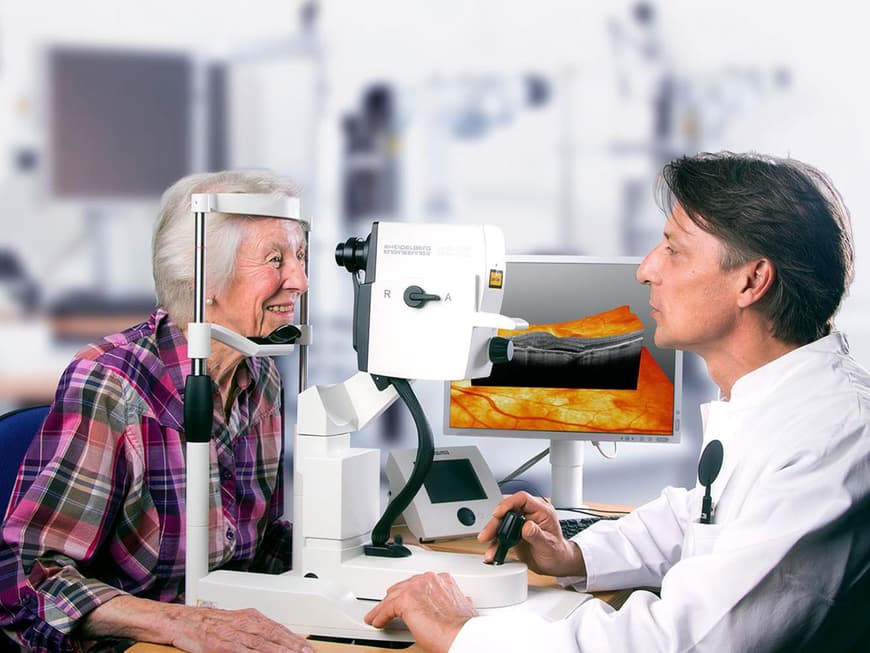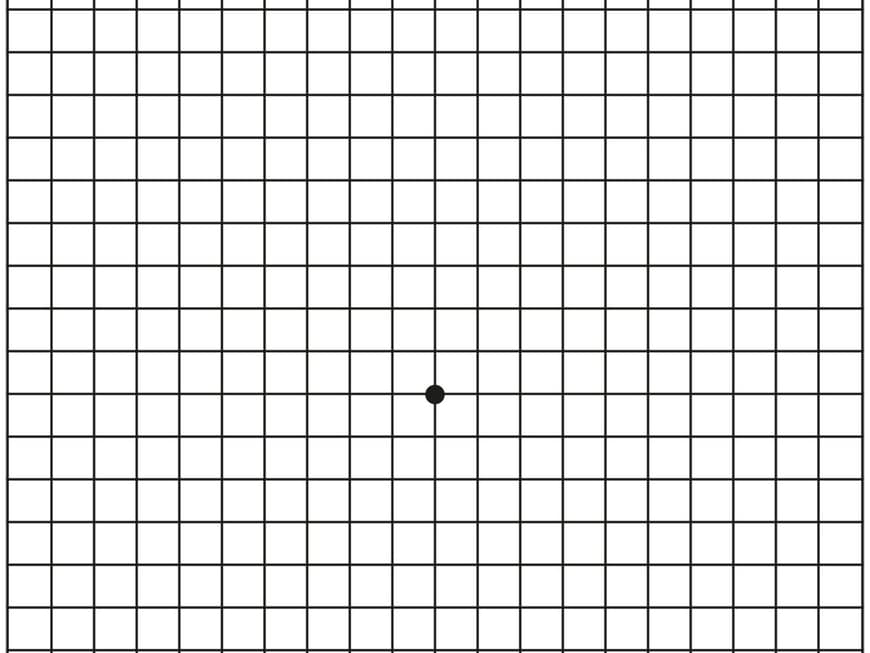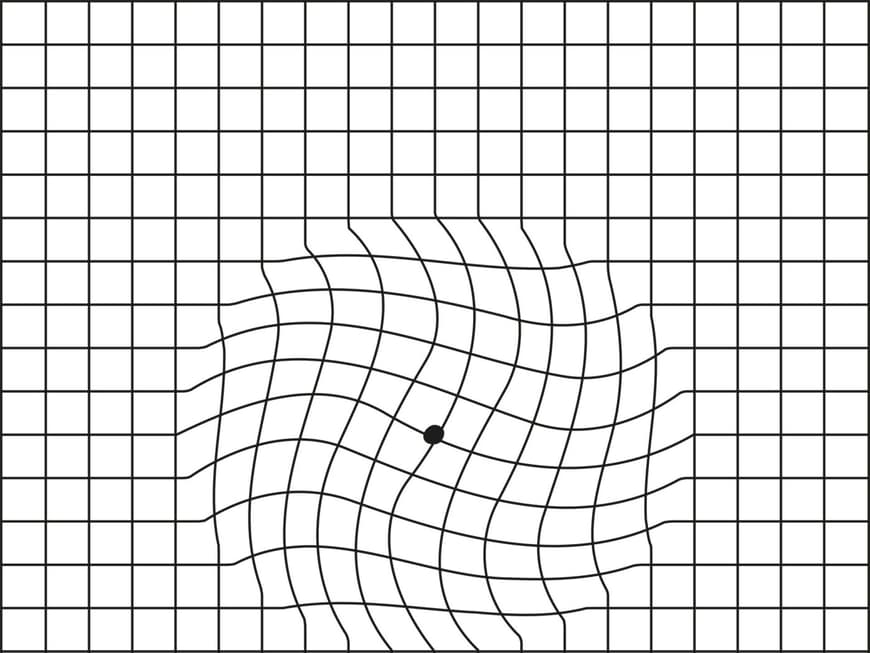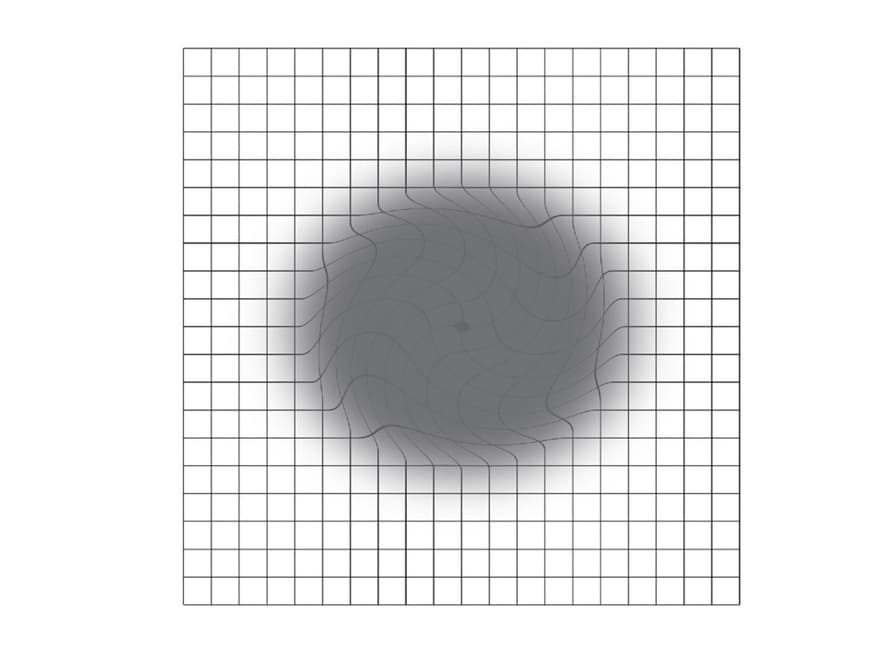What is age-related macular degeneration and how does it develop?
Age-related macular degeneration, or AMD for short, is a disease of the retina in the area of the macula, the point of sharpest vision in the eye. AMD is caused by protein and fat deposits (drusen) in the macula, which cause cell death. As a result, abnormal blood vessels form in the retina. In wet AMD, the growth of blood vessels causes swelling of the retina and bleeding into the retina. There is a risk of complete blindness. 4.5 million people in Germany have AMD, and the trend is rising.
What different forms are there?
There are two different forms - dry and wet AMD. The dry form can develop into wet AMD, which is the most common cause of blindness in Germany.
How does the wet form of AMD differ from the dry form?
In the dry form, vision loss progresses gradually. This form of AMD is currently untreatable. Wet AMD is much more aggressive! Vision can deteriorate rapidly and lead to blindness. However, wet AMD is now easily treatable.
What are the symptoms of wet AMD?
Symptoms are restrictions in the center of the field of vision. The patient has blurred vision in one or both eyes. Lines that should be straight suddenly become wavy. It is easy to check at home: cover one eye and look at a squared sheet of paper or the bathroom tiles with the other eye. If the lines or joints are wavy, a doctor should be consulted urgently. Those affected often only notice the disease at an advanced stage, as one eye can compensate for the weakness of the other eye.
What treatment options are there?
Wet AMD can be treated very well. This involves intercepting the messenger substances (vascular endothelial growth factor, VEGF) that promote the harmful growth of diseased vessels. The medication (VEGF inhibitor) is injected into the eyeball under local anesthesia (IVOM injection) - a routine procedure that has to be repeated regularly. The earlier treatment is started, the better the preservation of vision. It is particularly important to have regular check-ups with an ophthalmologist.
Can wet AMD be cured?
No, wet AMD is a chronic disease.
Where can those affected find further information?
The VisusVital patient service www.visusvital.de provides information about retinal diseases for those affected and their relatives and gives further tips for everyday life.
Source: Bayer Vital GmbH




